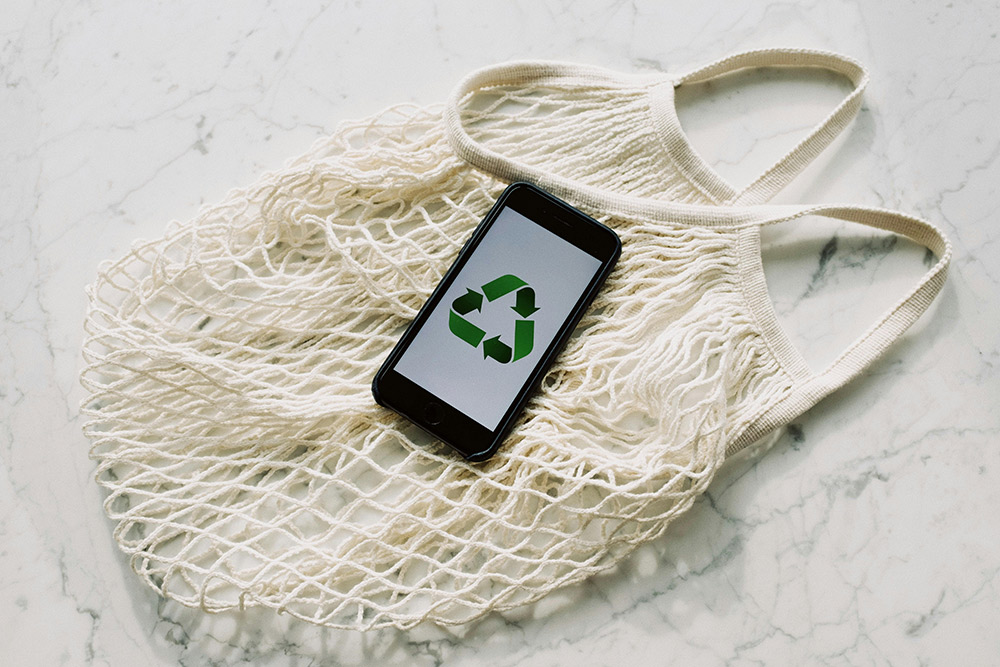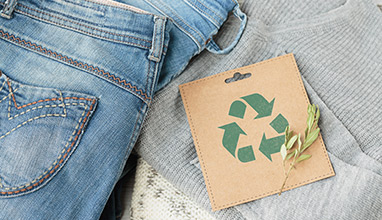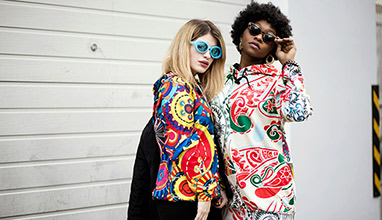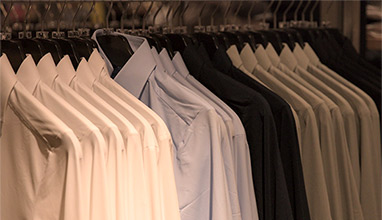Creating an Eco-Friendly Fashion Brand
Sustainability has become a core value in the fashion industry as more brands recognize the importance of reducing their environmental impact. It’s no longer just a trend but a responsibility for businesses to adopt eco-friendly practices. Building an environmentally conscious fashion brand is about making ethical choices, minimizing resource use, and implementing sustainable practices at every level. Here are some practical strategies that can help fashion brands lower their environmental footprint and contribute to a greener future.
1. Eco-Conscious Material Selection
Choosing sustainable materials is a key step toward creating an eco-friendly fashion brand. Conventional textiles like cotton and polyester consume massive amounts of water and energy while contributing to pollution due to harmful chemicals and pesticides. A more responsible approach is to opt for eco-friendly alternatives like organic cotton, hemp, bamboo, or recycled fibers, which reduce environmental stress.

Innovative materials such as Tencel, derived from sustainably managed wood pulp, or Piñatex, made from pineapple leaf fibers, offer brands unique ways to create eco-conscious products. These materials not only lessen the environmental impact of fashion production but also resonate with consumers who prioritize sustainability.
2. Cutting Down Water and Energy Usage
The fashion industry’s heavy reliance on water and energy, particularly in the dyeing and finishing stages, is a major environmental concern. Reducing these inputs is essential for a sustainable brand. Water-saving methods such as digital printing, which uses significantly less water than traditional dyeing, and low-impact dyes can help mitigate water consumption.
Energy consumption can also be reduced by transitioning to renewable sources like solar or wind energy in production facilities. Additionally, energy-efficient lighting and machinery contribute to lowering the carbon footprint, making the manufacturing process more sustainable.
3. Minimizing Plastic Use and Waste
Cutting down plastic use is a crucial component of building a sustainable fashion brand, as plastic pollution is a significant environmental issue. Plastic is commonly found in packaging, synthetic fabrics, and even hangtags. To reduce plastic waste, brands can explore alternatives like sustainable apparel bags for online orders.
In addition, fashion brands should look at the materials they use in their clothing production. Synthetic fabrics like polyester, nylon, and acrylic are all plastic-based and contribute to microplastic pollution when washed. Switching to natural fibers or recycled synthetic materials can help address this issue. Brands can also adopt plastic-free shipping practices by eliminating plastic wraps and fillers in favor of sustainable alternatives like recycled cardboard or plant-based materials.
4. Adopting Zero-Waste Design
A zero-waste design strategy minimizes waste throughout the production process. This approach involves creating designs and patterns that optimize fabric use, ensuring that as little material as possible is discarded. Repurposing fabric scraps into new items such as accessories or even smaller garments is another way to reduce waste.
Moreover, some brands are taking it a step further by implementing clothing take-back programs. These programs encourage customers to return their old garments for recycling or repurposing, thus closing the loop in a circular fashion system. This strategy not only minimizes landfill waste but also reinforces a brand’s commitment to sustainability.
5. Ethical and Responsible Production
Ethical production is a key component of a sustainable fashion brand. Ensuring that manufacturing partners uphold fair labor practices, provide safe working conditions, and adhere to responsible environmental standards is crucial. Collaborating with certified suppliers - such as those with Fair Trade or Global Organic Textile Standard (GOTS) certifications - guarantees that production processes align with ethical and environmental standards.
Being transparent about your supply chain also strengthens trust with consumers, who increasingly seek out brands that prioritize not just sustainability but also social responsibility.
Building a sustainable fashion brand is an ongoing process that requires dedication to reducing environmental impact through responsible practices. From selecting eco-friendly materials to implementing zero-waste strategies and ethical production methods, fashion businesses can make substantial changes to lessen their footprint. By focusing on long-lasting products and transparent supply chains, brands can not only contribute to environmental preservation but also appeal to a growing base of eco-conscious consumers seeking more responsible fashion options. Sustainable fashion is not just a trend—it’s the future of the industry.
Hits: 5515 | Leave a comment
Tags:eco, sustainable fashion, bags, fashion brand



















